The average American uses 80 to 100 gallons of water each day, according to the United States Geological Survey.
“As a general rule, homes aren’t very water efficient,” says Danny Lipford, an Alabama-based home improvement expert and host of the nationally syndicated TV and radio program “Today’s Homeowner with Danny Lipford.” “But by making a few smart changes, you could reduce your water use and your water bill by 30 percent. You save natural resources, and you help your wallet.”
Here are Lipford’s suggestions for conserving water—and saving money on your water bill.
Check And Insulate Pipes
 Look For Leaks
Look For Leaks
Even the smallest leak in a pipe can waste a lot of water. To see if there’s a problem with yours, read your water meter when no water is being used. Then check it again after a few hours to see if the gauge has moved. Fixing the leak could be as simple as replacing a faucet; however, if there’s a more serious problem, like an unseen leak, the repair could be more complicated.
Make Pipes Cozy
Installing foam insulation on the outside of hot-water pipes saves both water and energy by allowing hot water to be provided faster and keeping it hot longer. This reduces the water wasted from running the tap to heat it up.
Saving Water In The Bathroom
Tweak The Toilet
Flushing the toilet consumes more water than any other household activity. There are a few things you can do.
Update it. Find out when your toilet was manufactured (often indicated on the bottom of the lid): Toilets made before 1993 use two to three times the amount of water that new ones do. If you have an older model, consider replacing it with a low-flush or dual-flush toilet that uses less water. Choose a model with the Environmental Protection Agency’s WaterSense label, signifying that the toilet uses at least 20 percent less water on average compared to conventional toilets.
Can’t replace? Displace. If buying a new toilet isn’t in your budget, add a few inches of gravel or sand to a plastic bottle, fill the rest of the bottle with water, screw on the cap and put it in the tank away from the float and flapper to reduce the amount of water used per flush.
Look For Leaks
To see if water is leaking from the tank into the toilet bowl, put a small amount of food coloring in the tank. If the color shows up in the bowl without flushing, the flapper valve in the tank should be replaced.
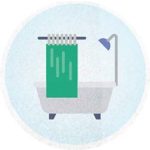
Be Speedy In The Shower
Cutting down on the time you spend in the shower can save two to five gallons of water per minute (GPM). And installing a water-saving shower-head will prevent thousands of gallons a year from literally going down the drain. To see if you need a new shower-head, put a five-gallon bucket in the shower and turn on the water. If it fills up in less than two minutes, consider replacing the shower-head with a water-saving model that uses two gallons per minute or less.
Turn Off The Tap
Don’t leave the water running when you don’t need it, like while you brush your teeth or shave. Instead, turn the water off while you brush and fill the sink to rinse your razor.
Saving Water In The Kitchen
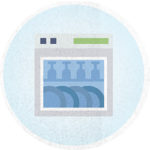 Load Up The Dishwasher
Load Up The Dishwasher
Running the appliance when it’s full of dishes uses less water than hand washing them. Scrape (don’t prerinse) crumbs off plates and use water-saving settings for more efficiency. If you hand wash, fill one side of a double sink with soapy water for washing and the other with clean water for rinsing.
Flip Your Faucets
Install low-flow aerators on faucets to reduce water flow to one GPM or less.
Drink Smarter
Instead of running water from the tap until it cools down, fill a bottle or pitcher with water and keep it in the fridge.
Saving Water Outdoors
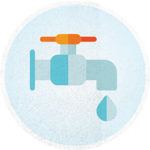 Water Wisely
Water Wisely
Don’t water the lawn when it’s hot out; instead, set the sprinklers to go off in the morning or at night. This will cut down on evaporation and allow more moisture to seep into your lawn. As the seasons change, monitor and adapt your irrigation system to ensure that it’s scheduled to run at optimal times and that it doesn’t overwater your plants. Also, if you see water accumulating in your driveway or on the street, your sprinklers are pointed in the wrong direction or you’re watering for too long. In fact, if you set up your sprinklers incorrectly, some municipalities may fine you; check local laws.
Wash Your Dog Outside
You can reuse the bathwater to water your lawn; just be sure to use biodegradable soap to avoid harming plants or other vegetation. Plus, says Lipford, “It’s more comfortable for your dog to be washed outside than to be thrown in a bathtub.”
Install A Rain Barrel
A barrel will allow you to collect and store rainwater. Then you can attach a hose bib or faucet on the outside and easily hook it up to a hose and water your yard with it. (Just be sure the rain barrel is set higher than the areas you want to water, as the system is powered by gravity.) Newer versions can be disguised to look like yard decorations.
Plant Drought-Resistant Gardens
Consult with a local landscaper to see if you can use drought-resistant grass and native plants. Make sure you always have adequate mulch on the ground to help ward off moisture loss.
Switch Irrigation Heads
Rotor systems are more efficient than spray heads: They apply water to the lawn at a much slower rate, allowing the soil to absorb moisture more efficiently. And they work for any type of lawn, since you can adjust the spray area and pattern.
Clean Without Water
Use a broom or leaf blower to clean driveways, not a hose.
Saving Water In The Basement
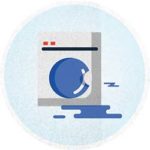 Clean Greener
Clean Greener
A washing machine is one of your home’s biggest water consumers. Only run the machine when you have a full load and use the shortest cycle for lightly soiled clothing. Avoid the permanent press cycle, which uses up to five gallons more water per load. When replacing your washing machine, consider a front-loading machine, which uses less water than a top-loading one. Also, look for models that have earned the government’s ENERGY STAR rating and the EPA’s WaterSense label.
Here’s another money-saving tip: homeowners insurance through the GEICO Insurance Agency. Get a quote now and see if you could save!

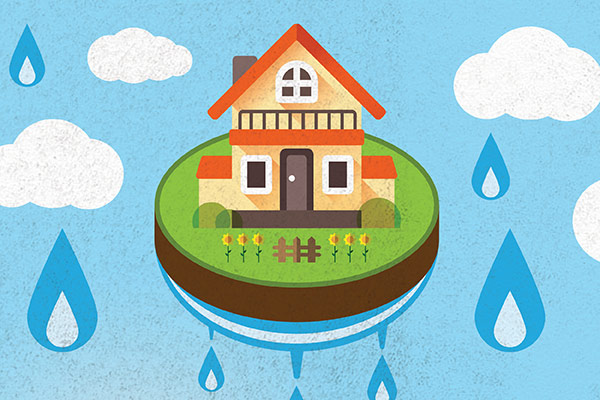


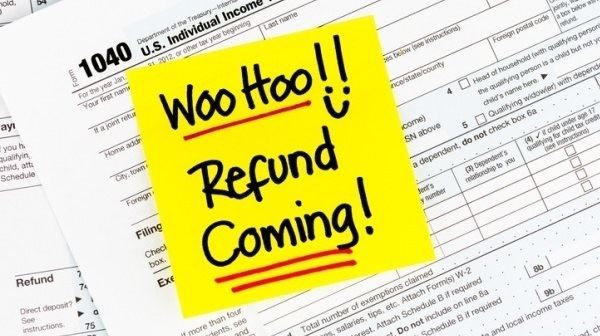
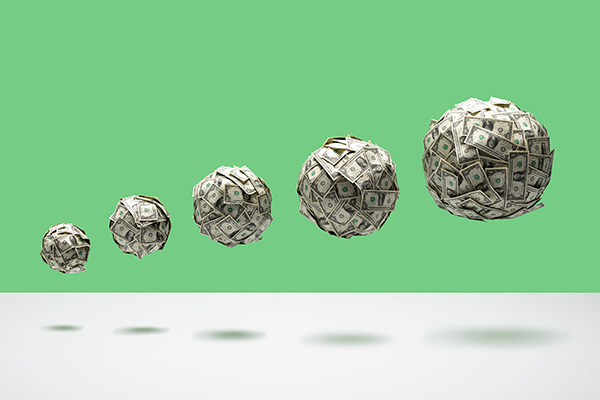

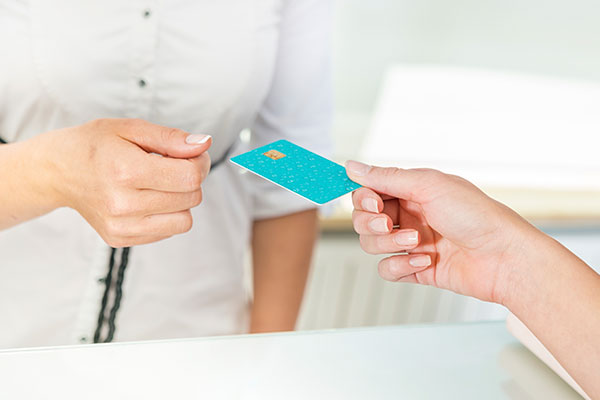
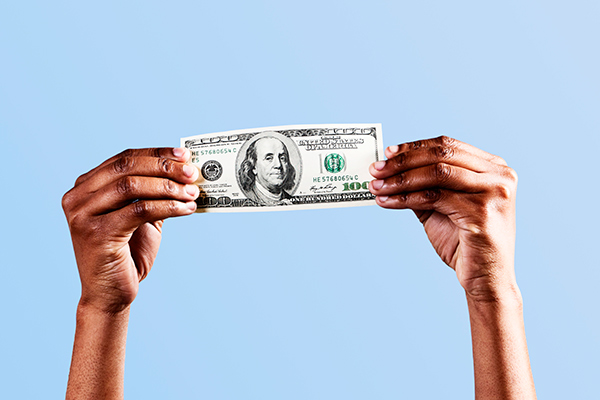
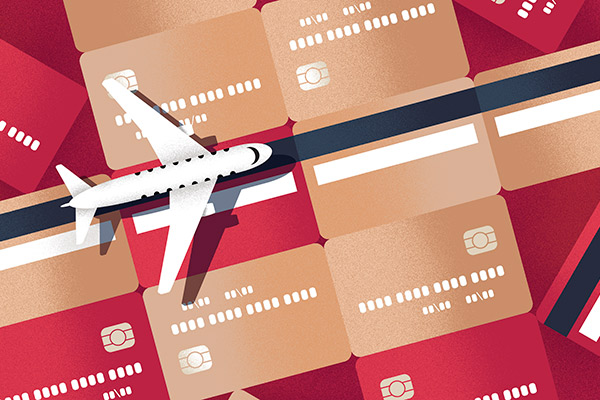
Leave a comment